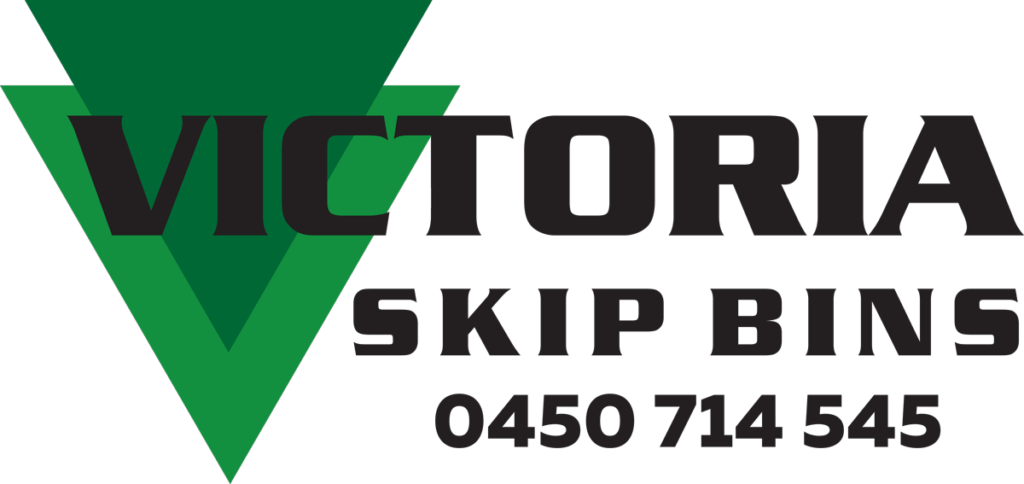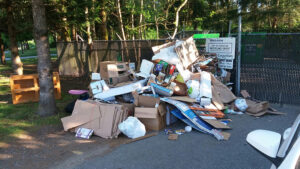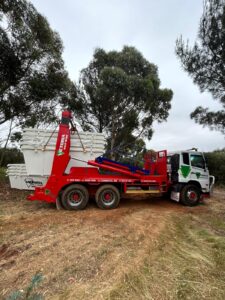Types of Skip Bins:
1. General Waste Skip Bins:
- Ideal for everyday household waste, garden clippings, and light construction debris.
- Sizes typically range from 2 cubic meters to 6 cubic meters.
- Perfect for garage cleanouts and small DIY projects.
2. Green Waste Skip Bins:
- Designed for garden enthusiasts.
- Dispose of grass clippings, branches, leaves, and other organic materials responsibly.
- Available in various sizes to suit your gardening needs.
3. Construction and Demolition (C&D) Skip Bins:
- Best for significant renovation or demolition projects.
- Can handle heavy materials like concrete, bricks, tiles, and timber.
- Sizes start from 6 cubic meters and go up to larger capacities.
4. Mixed Heavy Waste Skip Bins:
- Suitable when you have a mix of general waste and heavier items.
- Accommodates furniture, appliances, and construction debris.
- Sizes range from 4 cubic meters to 10 cubic meters.
5. Asbestos Skip Bins:
- Safety first! These specialized bins are essential for handling asbestos-containing materials.
- Strictly adhere to regulations for asbestos disposal.
- Always consult professionals when dealing with asbestos.
BIN SIZES
- 2 cubic meters: Ideal for small-scale cleanouts and minor DIY projects.
- 4 cubic meters: Suitable for mixed heavy waste, including furniture and appliances.
- 6 cubic meters: Versatile size for general waste, garden clippings, and light construction debris.
- 8 cubic meters: A step up for larger household cleanups or moderate renovation work.
- 10 cubic meters: Spacious enough for substantial waste volumes during construction or decluttering.
To check all the sizes of skip bins Visit SKIP BINS SIZES
Choosing the Right Skip Bin:
1. Evaluate Your Needs:
- Consider the type and volume of waste you’ll be disposing of.
- Are you decluttering, renovating, or working on a construction project?
2. Estimate the Volume:
- Estimate the amount of waste you’ll generate.
- Choose a skip bin size that accommodates your waste volume.
3. Select the Type:
- Based on your waste type (general, green, heavy, etc.), pick the appropriate skip bin.
- Ensure it aligns with your specific requirements.
4. Placement and Permits:
- Decide where you’ll place the skip bin (driveway, front yard, curbside).
- Check if you need any permits from your local council for skip bin placement.
-
Remember, choosing the right skip bin ensures efficient waste removal and contributes to a cleaner environment.
For more information and to explore skip bin options, visit Victoria Skip Bins.
Facebook
Twitter
LinkedIn



